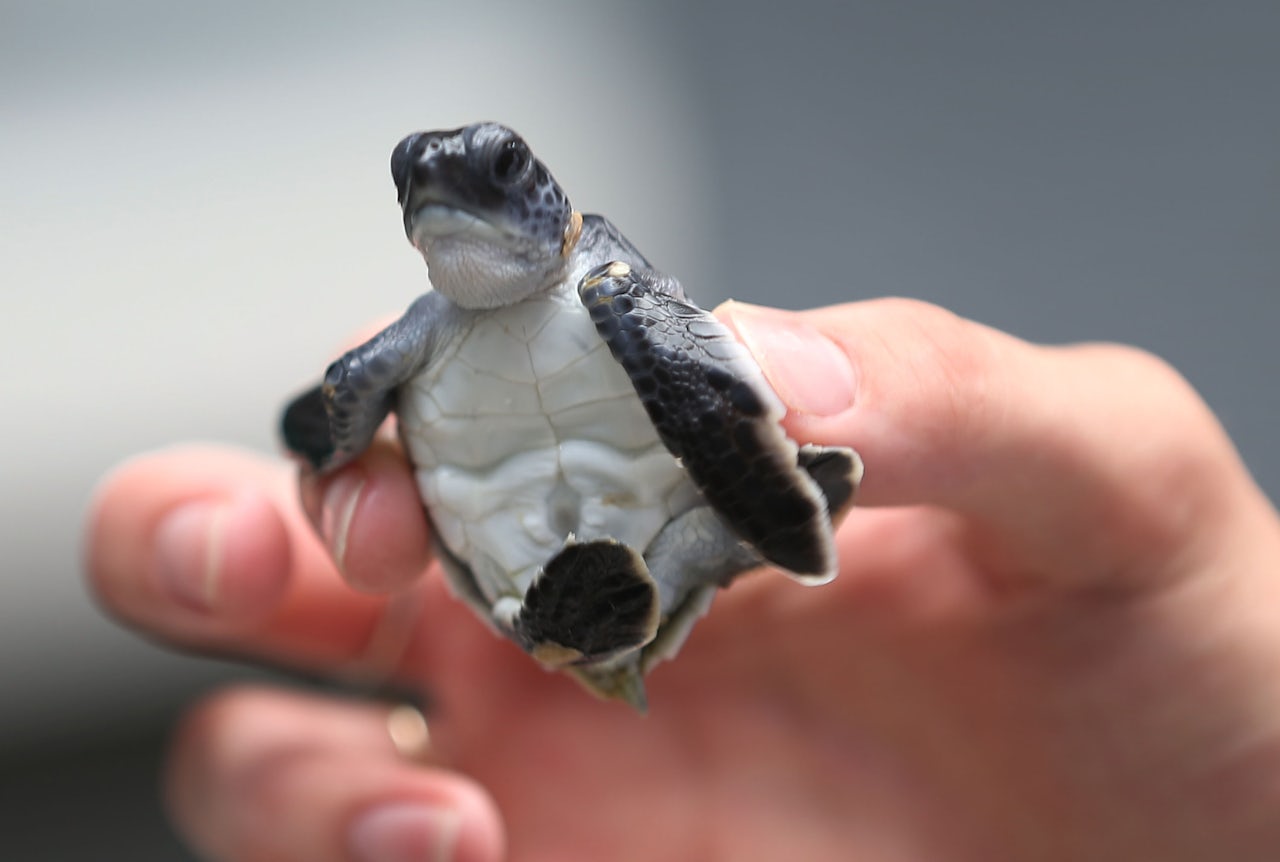It’s not surprising that plastics are littering the world and ocean, but the consequences of their ubiquitous scatter are starting to unfold. According to research published in Marine Pollution Bulletin this month from Florida State University researchers, microplastics drifting out of the ocean may be insulating sea turtle nests to the point that the extra heat may cause more female sea turtles to be born disproportionately more than male ones.
“Since plastics warm up when exposed to heat, when combined with sand, microplastics may increase the sand temperature, especially if the pigment of the plastic is dark,” Fuentes wrote in an article for The Conversation. Basically, temperatures from 85 to 93 degrees Celsius stimulate an enzyme that activates estrogen, and this activation process can make a fetus become a female. Meanwhile, lower temperatures don't jumpstart this process, meaning that cooler fetuses (in temperature) are more likely to become male. “This could potentially affect... the future reproductive success of the species.”
Microplastics—or the microscopic residue shed from pretty much every plastic product you use, including bottles, soaps, and clothes—are everywhere. Ninety-four percent of the Great Pacific Garbage Patch is microplastics, but they’ve also circulated through most of the ocean, even its most remote regions like Antarctica and the Arctic Circle.
The research from Beckwith and Fuentes focused on how often microplastics appear in sand samples throughout the Northern Gulf of Mexico, and how this affects the temperature. They did not study actual sea turtle eggs. However, the link between sand temperature and sea turtle sex is extremely well-documented.
Researchers have been slow in understanding the full extent that microplastics impact ocean life, including the food we eat, like mussels and fish. But that’s largely because microplastics are, well, very small. They’re difficult to study at scale and to firmly link them to visible effects on an ecosystem.
We do already know microplastics can have a huge effect on small, sensitive ocean life. For instance, exposing microplastics to baby sea worms has been shown to affect their ability to function in adulthood. We also know that our food compost is infested with microplastics, and if this compost is used to help naturally fertilize crops, those crops will be less productive. For a world that’s set to face major food insecurity issues due to climate change over the next several decades, this is a huge problem.

